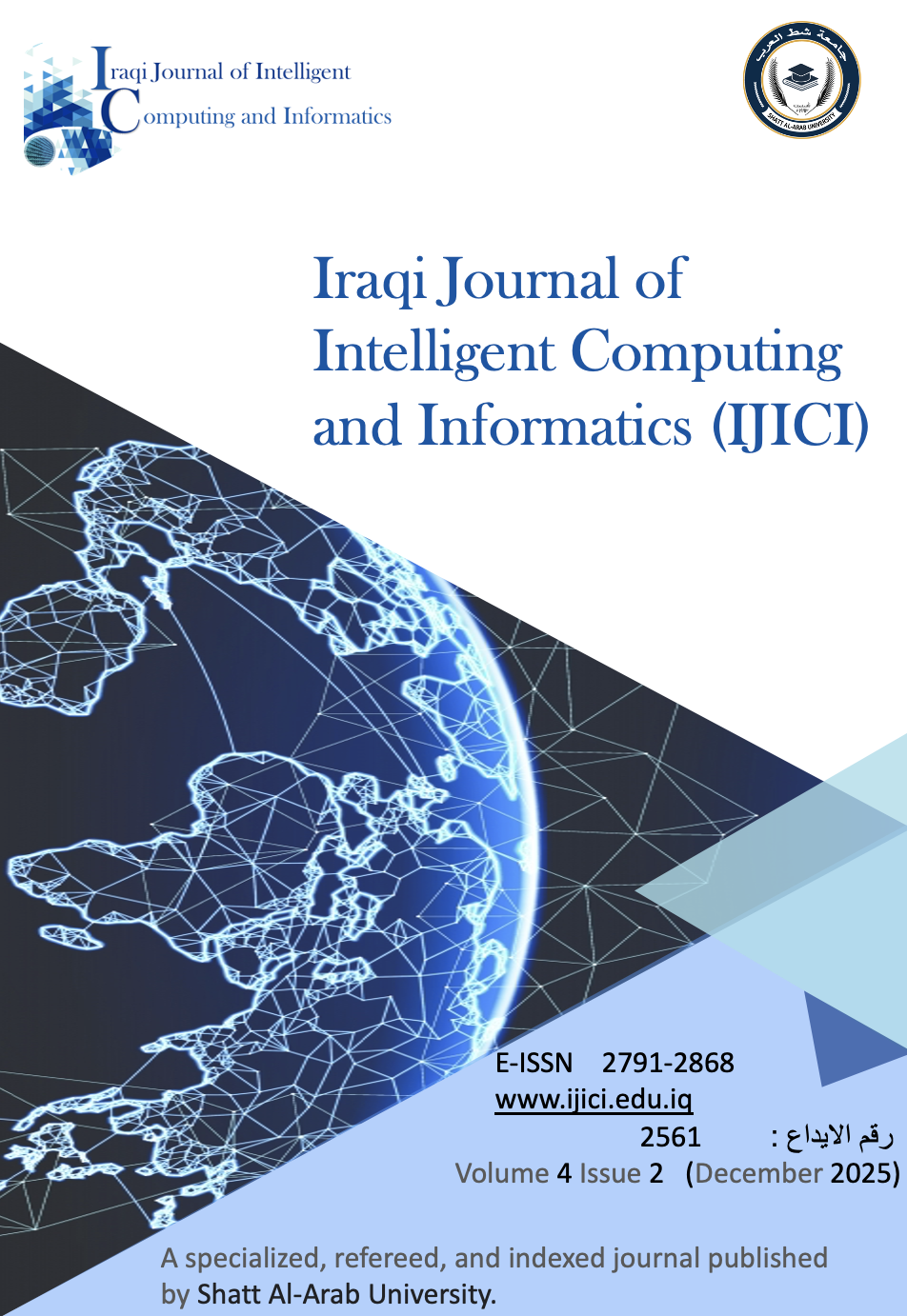Abstract
Within the extensive array of image generative models, two models are particularly notable: Variational Autoencoders (VAE) and Generative Adversarial Networks (GAN). Generative Adversarial Networks (GANs) can generate realistic images; nevertheless, they are prone to mode collapse and lack straightforward methods for obtaining the latent representation of an image. Conversely, VAEs do not encounter these issues; yet, they frequently produce images that are less realistic than those generated by GANs. This article elucidates that the absence of realism is partly attributable to a prevalent overestimate of the dimensionality of the natural image manifold. To address this issue, we propose a new framework that integrates VAE with GAN in a unique and complementary manner, resulting in an auto-encoding model that retains the features of VAEs while creating images of GAN quality. We assess our methodology using both qualitative and quantitative analyses across five image datasets.
We introduce a comprehensive learning system that integrates a deep convolutional GAN network with a variational autoencoder network. Initially, we identified a technique that addresses the issue of images generated by GANs typically being unclear and distorted. In this scenario, the integration of GAN with VAE may be a more advantageous option.

This work is licensed under a Creative Commons Attribution-NonCommercial-NoDerivatives 4.0 International License.
Copyright (c) 2025 Iraqi Journal of Intelligent Computing and Informatics (IJICI)
